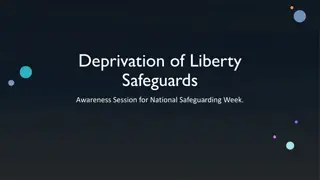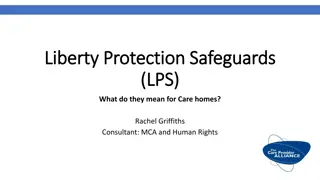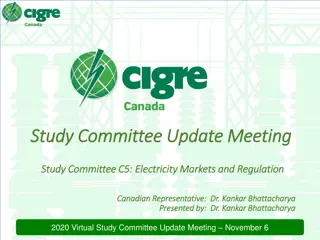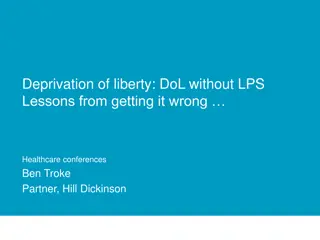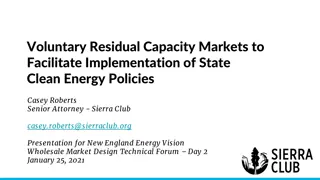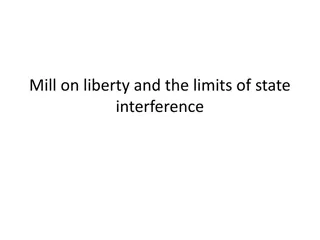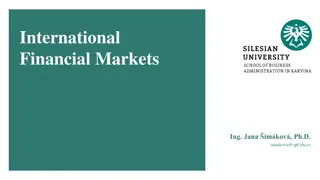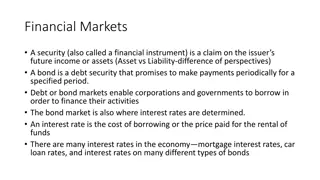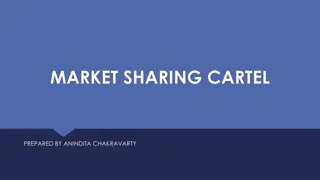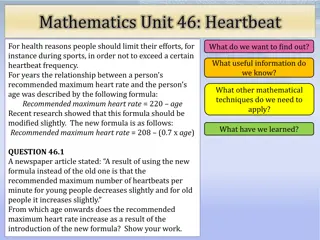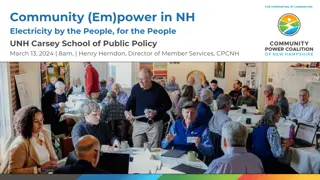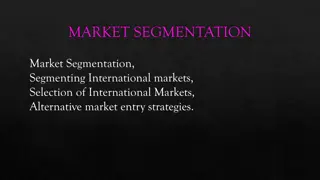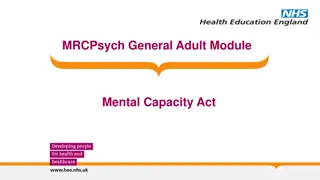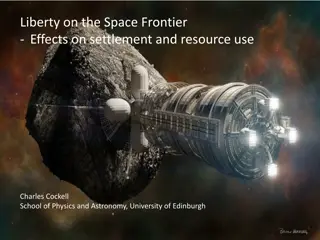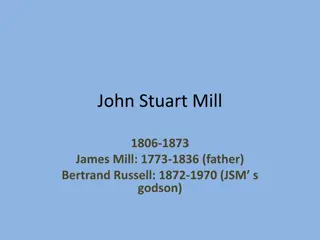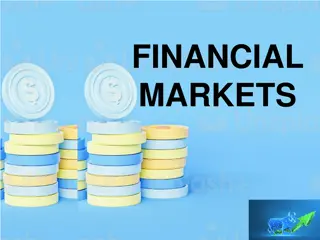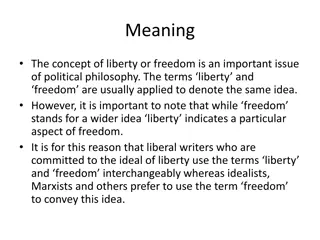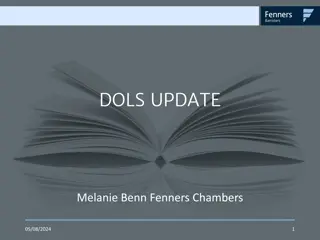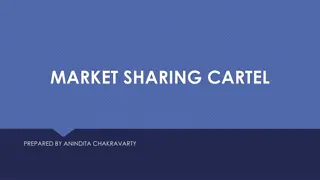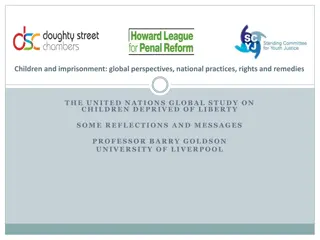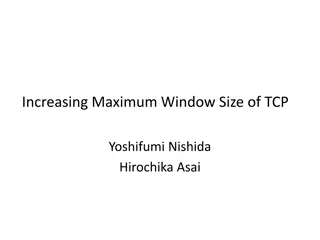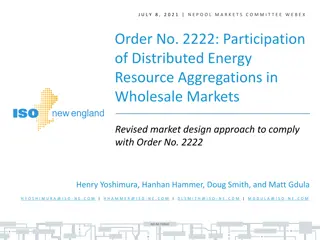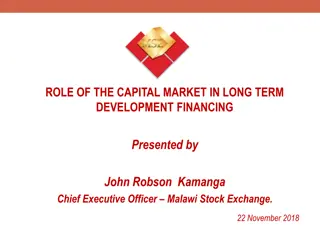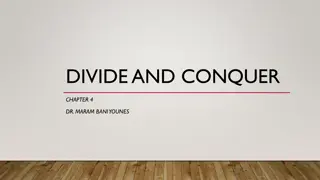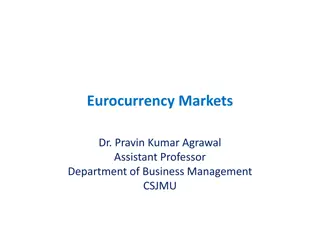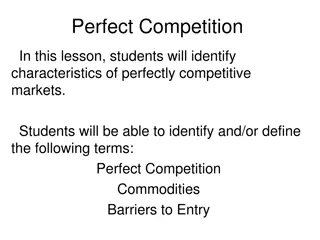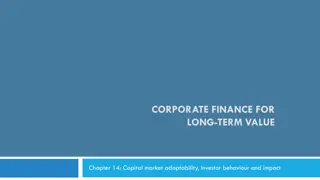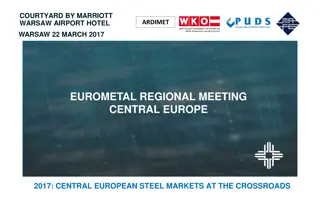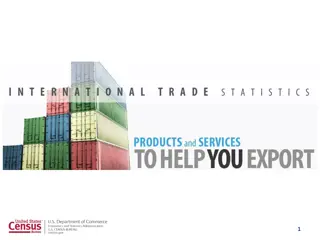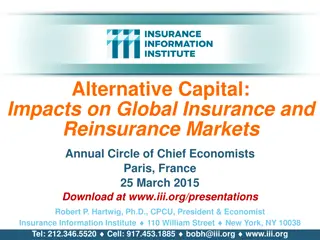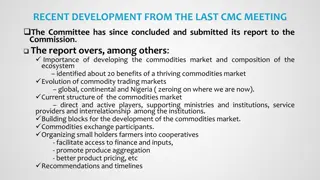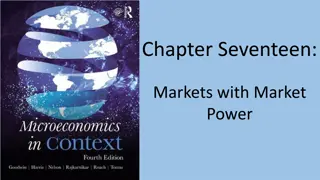Markets Promote Maximum Liberty: Understanding Liberty and the Market System
Ragnar Arnason's presentation explores how the market system promotes liberty and aims to achieve maximum possible freedom under certain conditions. It delves into defining liberty, differentiating between positive and negative liberty, and discusses measuring liberty for analytical progress.
Download Presentation

Please find below an Image/Link to download the presentation.
The content on the website is provided AS IS for your information and personal use only. It may not be sold, licensed, or shared on other websites without obtaining consent from the author. Download presentation by click this link. If you encounter any issues during the download, it is possible that the publisher has removed the file from their server.
E N D
Presentation Transcript
Ragnar Arnason Markets Promote Maximum Possible Liberty European students for Liberty Reykjavik, October 3 2015
Want to show that 1. Liberty, properly defined, is promoted by the market system 2. Under certain conditions the market system will attain maximum possible liberty 3. The state is liberty reducing in a fundamental sense
Approach 1. Formal analysis in the economic- logical tradition 2. Make use of fundamental economic results
I Defining liberty
Definitions of liberty Many and somewhat varied Merriam-Webster dictionary: The power to do or choose what you want to" Oxford dictionary: The state of being free within society from oppressive restrictions imposed by authority on one s behavior or political views
Common core in most definitions Liberty is the ability to do what one wants! Will adopt this as my definition of liberty!
Positive and negative liberty (Primarily developed by Isaiah Berlin in the 1950-60s) Negative liberty: Absence of barriers and hindrances Positive liberty: Ability to act to control one s life & fulfill one s fundamental purpose Negative liberty Ability to do what one wants Positive liberty: Unscientific (at best only the individual will know => non-observable, unscientific). Opens the door for anything (s.a. justifying tyranny) Extremely damaging concept for rational analysis and discourse
II Measuring Liberty
Why measure? Standard in science (Difficult to talk about something that is not in some way measurable) All but necessary for analytical progress Note: Not measurement in the common sense (cardinal measures) More like a set-theoretic type of measures But need to be able to talk about more or less liberty in some fairly well-defined sense
Nature of the measure The measure must reflect the basic definition of liberty: The ability to do what one wants Clearly there can be more or less of this ability
Developing the measure Huge (possibly infinite) number of liberty dimensions (anything a person might want) Any kind of good & a wide range of personal freedoms etc. Refer to these as desirables (could be nondesirables) This defines the space of desirables Any particular combination of desirables can be represented as a vector in this space of desirables.
The Space of Desirables (Two dimensions for illustration) Desirable 2 Desirable1 Can clearly extend to any number of desirables
A particular configuration of desirables Desirable 2 Desirable 1
Generally a persons opportunities can be represented by a set in the space of desirables Desirable 2 Opportunity set Desirable1 A person can choose any point in the opportunity set
Opportunity set Desirable 2 Desirable1 The size of the opportunity set may be seen as a measure of a person s liberty! The larger the opportunity set the greater the freedom!
Measure of liberty: Illustrations Smaller liberty Larger liberty Note: Economic progress increases many dimensions of liberty
Basic logic: Recap 1. Freedom is the ability to choose what one wants 2. This ability is circumscribed by the opportunity set 3. The greater the opportunity set the greater the freedom The size of the opportunity set is a measure of the extent of liberty
Note, however, the complication Which represents greater liberty?
III. Limits on liberty
Liberty cannot be infinite Liberty is constrained by: 1. Nature 2. Productive powers (capital, technology and knowledge) 3. Liberty of others 4. Man-made restrictions The first three are caused by real scarcity The fourth is man-made and may or may not reflect real scarcity and increase total liberty
Restricting liberty: An illustration
Restricting liberty: An illustration
IV Markets and liberty
It is now, straight-forward to show that markets promote maximum liberty. Just need to apply established results of economic theory This is because the opportunity set is formally identical to economic opportunity sets
Base case All desirables are in markets I. The total opportunity set (=liberty) maximized [Efficiency principle and Welfare Theorem 1] II. The total opportunity set (=liberty) is maximized over time [WT-1 & and optimal growth theory] This proves the basic proposition: Markets promote maximum possible liberty ( .and more) Note: Desirables subject to property rights they are in the market.
Equity (Interpersonal comparisons) III. Allocation of desirables (dimensions of liberty) between individuals is Pareto efficient [WT-1] IV. Any desired allocated of desirables (liberty) can be attained by a judicial initial allocation of desirables [WT-2] This this must be once-and-for-all initial allocation. If not, a serious reduction in future opportunities
Case II Some desirables not in markets I. Total opportunity set (=liberty) maximized w.r.t. the desirables subject to markets But maybe at the expense of other desirables (dimensions of liberty) The total opportunity set (total liberty) may not be maximized The total opportunity set (liberty) is only partially maximized over time II. The basic proposition Markets promote maximum possible liberty still appears to be true.
V The state and liberty
Big topic Here only a few observations The state can promote liberty (by helping markets) However, the state, as normally run, employs coercion which is exactly the opposite of liberty! Even if the state is doing the right thing (promoting liberty) it tends to do so by subtracting from liberty even in the best conceivable case the net impact on liberty is doubtful What we need is a state that continually re- contracted for (people can opt out)
VI Conclusions
Have demonstrated that: 1. It is possible to operationally define and measure liberty and systematically analyze its relationship with social organizations 2. Markets promote liberty in the sense that a) Liberty is maximized by markets (under the usual market assumptions) b) Liberty is almost surely increased by markets (when market coverage is limited)
Have argued that: 1. The state is fundamentally liberty-reducing By relying on coercion (& majority rule etc.) Switching from a state-based system to a market-based system will generally increase liberty. However liberty for some may be reduced



